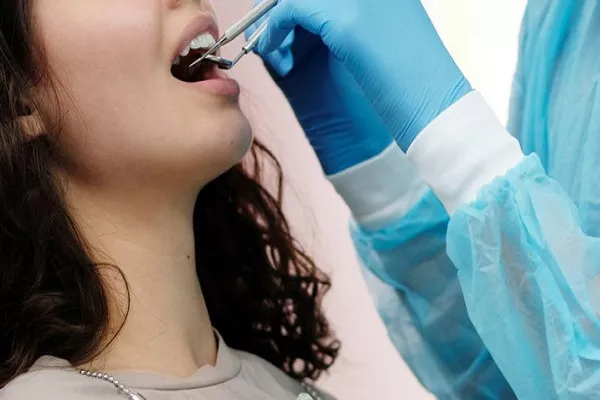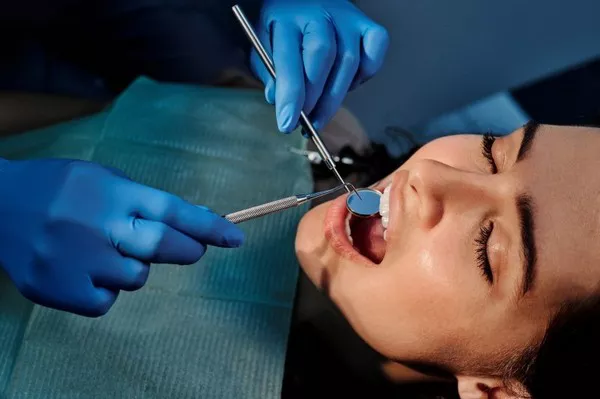Wisdom tooth extraction is a common dental procedure aimed at alleviating various oral issues. Alongside the relief, patients often anticipate the aftermath, particularly the duration of swelling. In this comprehensive guide, we unravel the intricacies of post-extraction swelling, exploring its timeline, influencing factors, and offering practical insights to help individuals navigate this phase of the recovery journey.
1. The Swelling Spectrum: Understanding the Basics:
Normal Inflammatory Response: Swelling is a natural part of the body’s inflammatory response to trauma, and wisdom tooth extraction is no exception. Inflammation plays a crucial role in the healing process by mobilizing resources to the extraction site.
Individual Variations: The extent and duration of swelling can vary among individuals. Factors such as the complexity of the extraction, the number of teeth removed, and individual healing responses contribute to this variation.
2. Immediate Post-Extraction Period: The Onset of Swelling:
Immediate Reaction: Swelling typically begins shortly after the extraction procedure, peaking within the first 48 hours. Immediate post-operative swelling is a result of the body’s response to the surgical trauma and the natural influx of fluids to the extraction site.
Localized vs. Generalized Swelling: The swelling may be more localized around the extraction site initially but can progress to a more generalized swelling involving the cheeks and, in some cases, the jawline.
3. Factors Influencing Swelling Duration:
Nature of the Extraction: Simple extractions, where the tooth has fully erupted, may result in less swelling compared to surgical extractions, especially in cases of impacted or partially erupted teeth.
Patient-Specific Factors: Individual factors, such as overall health, adherence to post-operative care, and the presence of pre-existing conditions, can influence the duration and intensity of swelling.
4. Swelling Timeline: What to Expect During Recovery:
First 48 Hours: Swelling typically reaches its peak within the first 48 hours after wisdom tooth extraction. During this time, patients may experience the most noticeable swelling, accompanied by some discomfort.
2 to 3 Days Post-Extraction: Beyond the initial 48 hours, swelling gradually subsides. Patients often find that the third day marks a turning point, with a noticeable reduction in swelling.
1 Week Post-Extraction: By the end of the first week, a significant portion of the swelling should have resolved. However, mild residual swelling may persist for a bit longer, gradually diminishing in the subsequent days.
5. Alleviating Swelling: Practical Tips for Recovery:
Cold Compress Application: Applying a cold compress to the swollen area during the first 24 to 48 hours helps constrict blood vessels, minimizing swelling and providing relief.
Elevating the Head: Keeping the head elevated, especially while sleeping, can help prevent excessive pooling of fluids in the facial tissues, aiding in the reduction of swelling.
Prescribed Medications: Following the prescribed medications, including anti-inflammatory drugs, as directed by the oral surgeon or dentist can contribute to managing swelling and discomfort.
6. Signs of Complications: When to Seek Guidance:
Unusual Swelling Patterns: If swelling persists or worsens beyond the expected timeframe, it may indicate a potential issue, such as infection. In such cases, prompt consultation with the oral surgeon or dentist is crucial.
Accompanying Symptoms: Severe pain, prolonged bleeding, or signs of infection, such as fever and foul odor, warrant immediate attention and should be reported to the dental professional.
Conclusion:
Understanding the timeline of swelling after wisdom tooth extraction provides patients with a roadmap for what to expect during the recovery journey. While some degree of swelling is a natural part of the healing process, patients can actively manage and alleviate it by adhering to post-operative care instructions. Patience, coupled with proactive care measures, allows individuals to navigate the post-extraction period with confidence, promoting a smoother recovery and optimal oral health. As always, open communication with the oral surgeon or dentist ensures that any concerns or unusual developments are addressed promptly, fostering a collaborative and supportive approach to recovery.
How Long Does It Take To Remove One Wisdom Tooth
How Long Do Wisdom Teeth Stitches Take To Dissolve
Can You Have Carbonated Drinks After Wisdom Teeth Removal






























